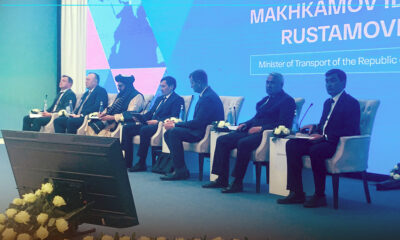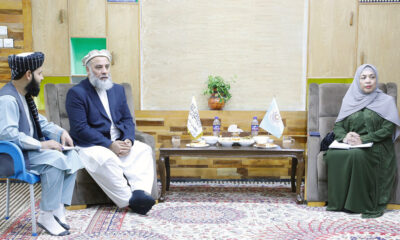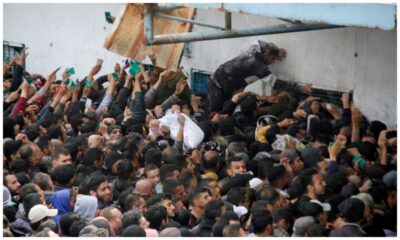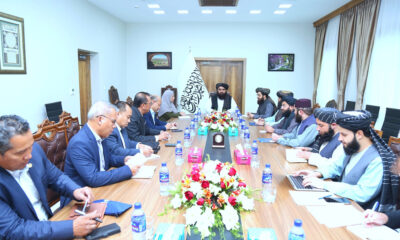Latest News
30,000-year-old baby mammoth found almost perfectly preserved in Canada
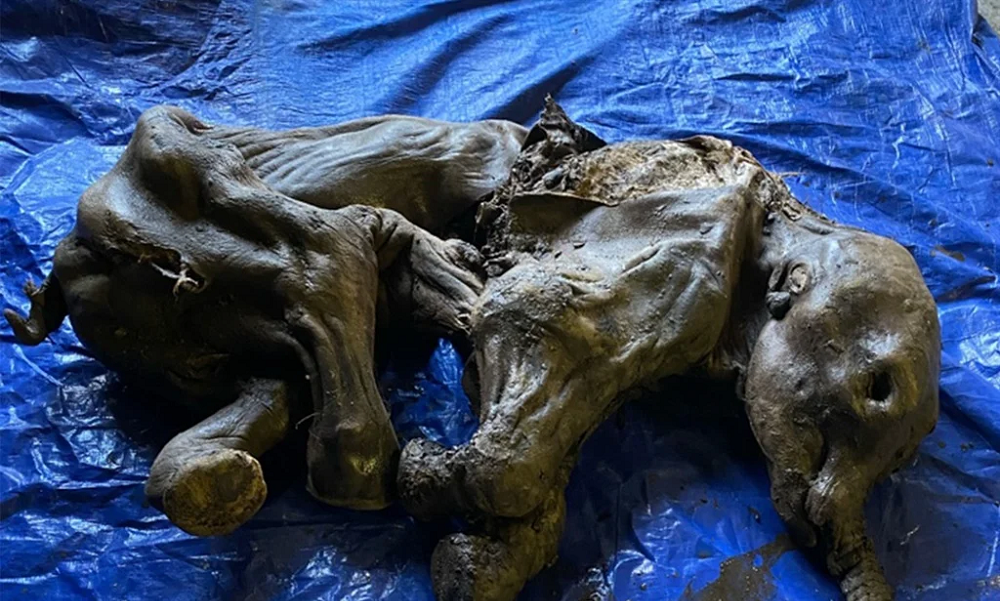
A gold miner found a mummified baby wooly mammoth that was almost perfectly preserved in the Trʼondëk Hwëchʼin Traditional Territory in Yukon, Canada.
According to a press release from the local government, the female baby mammoth has been named Nun cho ga by the First Nation Tr’ondëk Hwëch’in elders, which translates to “big baby animal” in the Hän language.
Nun cho ga is the most complete mummified mammoth discovered in North America, Science Alert reported.
Nun cho ga died and was frozen in permafrost during the ice age, over 30,000 years ago, said the press release. She would have roamed the Yukon alongside wild horses, cave lions, and giant steppe bison.
The frozen mammoth was recovered by geologists after a young miner in the Klondike gold fields found the remains while digging up dirt.
Dr. Grant Zazula, the Yukon government’s paleontologist, said the miner had made the “most important discovery in paleontology in North America,” reported The Weather Channel.
The baby mammoth was probably with her mother when it ventured off a little too far and got stuck in the mud, Zazula told The Weather Channel.
Professor Dan Shugar, from the University of Calgary, part of the team who excavated the wooly mammoth, said that this discovery was the “most exciting scientific thing I have ever been part of.”
He described how immaculately the mammoth had been preserved, saying that it still had intact toenails, hide, hair, trunk, and even intestines, with its last meal of grass still present.
According to the press release, Yukon is renowned for its store of ice age fossils, but rarely are such immaculate and well-preserved finds discovered. Zazula wrote in the press release that “as an ice age paleontologist, it has been one of my lifelong dreams to come face to face with a real wooly mammoth.”
“That dream came true today. Nun cho ga is beautiful and one of the most incredible mummified ice age animals ever discovered in the world.”
The wooly mammoth, about the size of the African elephant, roamed the earth until about 4,000 years ago. Early humans hunted them for food and used mammoth bones and tusks for art, tools, and dwellings. Scientists are divided as to whether hunting or climate change drove them into extinction.
Latest News
Afghanistan’s minister of transport and aviation attends regional meeting in Uzbekistan
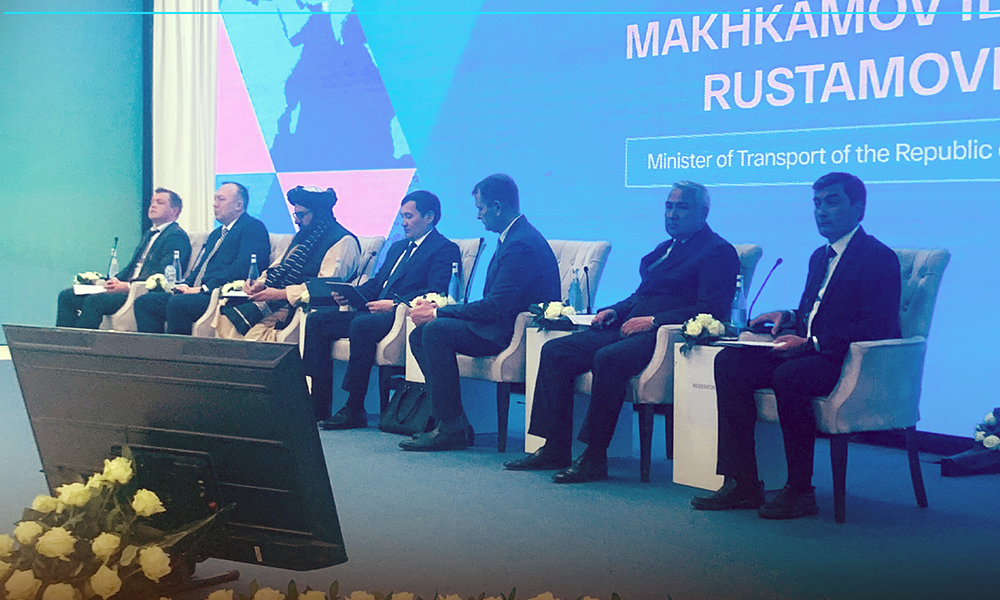
Hamidullah Akhundzadeh, acting Minister of Transport and Aviation, headed a delegation to Uzbekistan for a ‘Six-Party Corridor’ meeting that included representatives from Afghanistan, Russia, Belarus, Pakistan, Kazakhstan and Uzbekistan.
On the sidelines of this meeting the Afghanistan delegation discussed trade through the corridor with the other five relevant countries.
According to the ministry of transport and aviation, Akhundzadeh met with the deputy ministers of transport of Russia and Belarus.
He also discussed ways to expand transit between Afghanistan and Russia; and Afghanistan and Belarus, and provide the necessary facilities to achieve this.
The ministry added that the acting minister had a bilateral meeting with the Minister of Transport and the Special Representative of the President of Uzbekistan on Afghanistan and discussed the expansion of road transport between the two countries.
Latest News
Malaysian delegation arrives in Kabul for talks with government
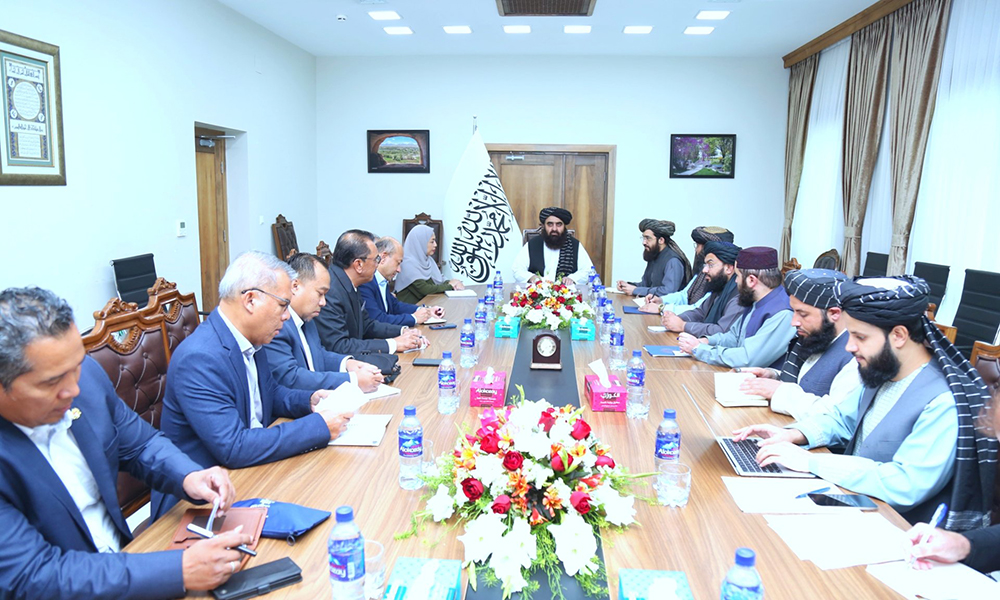
Representatives of Malaysia’s ministries of foreign affairs, defense and interior and advisors of the Malaysian Prime Minister and the Special Representative of Malaysia for Afghanistan arrived in Kabul this week for meetings with a number of high-ranking officials.
The Islamic Emirate’s foreign minister Mawlavi Amir Khan Muttaqi met with the delegation and thanked Malaysia for assistance it has provided over the past few years, including aid for the victims of the deadly Herat earthquake.
Muttaqi said in the meeting that existing diplomatic, religious, cultural and economic relations between the people and governments of Afghanistan and Malaysia were expanding.
“There are business and investment opportunities in various fields,” Muttaqi told the delegation.
“Afghanistan follows a balanced and economy-oriented foreign policy in the political and economic field. Afghanistan’s relations with the international community are expanding and it has established good relations with neighboring and regional countries,” said Muttaqi.
Afghanistan is keen to expand its relations with the countries of Southeast Asia, he added.
Muttaqi further said: “The Afghan government wants the Malaysian government to provide health and education facilities for the 3,000 Afghans currently living in Malaysia.”
At the same time, members of the Malaysian delegation said that the Malaysian government wants to expand relations with Afghanistan in various fields.
The delegation positively evaluated the political situation in Afghanistan and said they hoped a Malaysian trade delegation would visit Afghanistan in the near future.
One delegate, Dato Shazlina said: “Malaysia is determined to organize short-term training programs for Afghan diplomats, training programs in the field of information technology, accounting and development for Afghan civil service employees and in this regard cooperate with Afghanistan in organizing professional programs.”
The political deputy prime minister, Mawlavi Abdul Kabir, also met with the delegation and said the Islamic Emirate has achieved much in the economic and political sectors, and that the world, including the region, has no need to be concerned about Afghanistan.
Latest News
Russia’s special envoy meets with IEA ministers, discusses bilateral issues
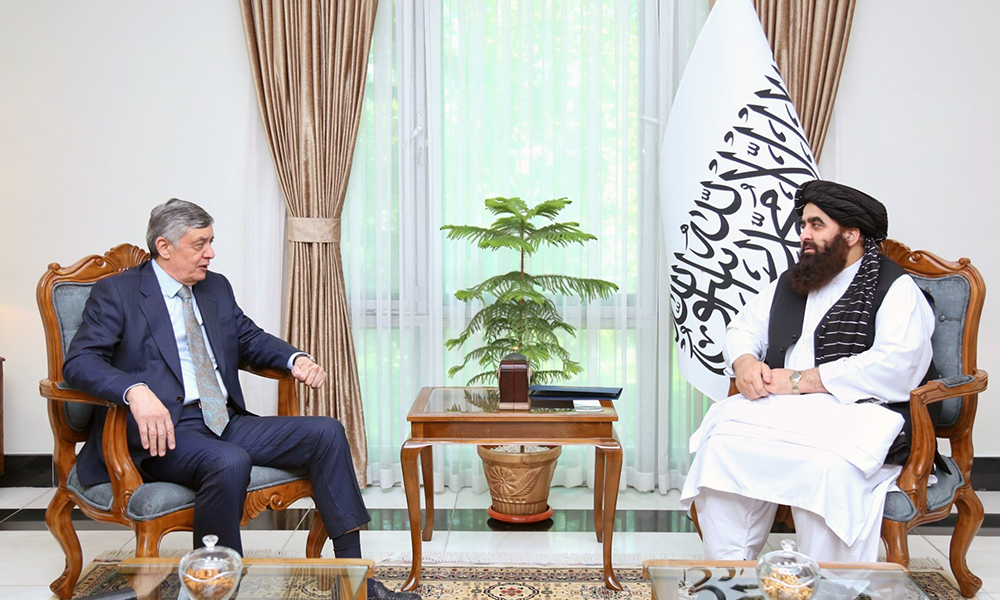
Zamir Kabulov, the Special Representative of the President of the Russian Federation for Afghanistan, who is on a visit to Kabul, has met with the Minister of Foreign Affairs of the Islamic Emirate Mawlavi Amir Khan Muttaqi for talks on political and economic issues between Afghanistan and Russia.
Regional issues were also discussed.
Muttaqi expressed appreciation for Russia’s support at regional and international meetings and emphasized the need to further strengthen political ties and trade relations between the two countries.
He also said that Afghanistan’s relations with countries in the region are flourishing and currently Afghanistan has active embassies in all neighboring countries.
Muttaqi called Afghanistan’s relations with Russia important and said the current ground realities of Afghanistan should be understood and that there is no reason why the United Nations needs to appoint a special representative to deal with Afghanistan.
He said the Afghan government is in talks with the UN over this issue and will make public its position after sufficient clarification has been provided on the agenda and composition of the next UN meeting in Doha.
Kabulov in turn stressed that any meeting held on Afghanistan should be convened with the approval of the Afghan government.
He said it is important for the United Nations to have the Afghan government approve and attend the next Doha meeting.
He said this series of meetings will not yield positive results without the Afghan government being in agreement.
He also said governments of the world should maintain relations with the Afghan government through bilateral mechanisms instead of multilateral contact mechanisms.
Kabulov emphasized that the US should release Afghanistan’s frozen assets and end its unilateral and “illegal” restrictions on the country’s banking system.
He also said Russia and Afghanistan need to improve coordination between them and went on to say he hoped Muttaqi would visit Moscow during the course of this year.
Kabulov also met with acting Minister of Interior Affairs Sirajuddin Haqqani.
This meeting focused on bilateral relations between both countries while political and security issues pertaining to the region were also discussed, the ministry said.
-

 Sport4 days ago
Sport4 days agoAfghanistan Champions League kicks off with grand opening ceremony
-
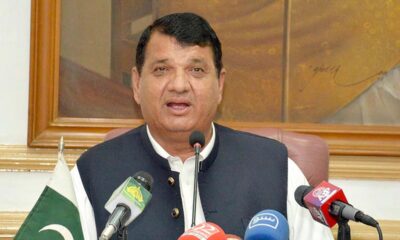
 Latest News3 days ago
Latest News3 days agoPakistan’s frontiers minister stresses ‘dignified’ return of Afghan refugees
-
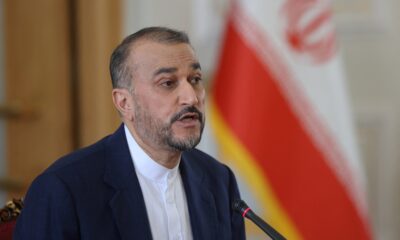
 Regional4 days ago
Regional4 days agoIran’s foreign minister downplays drone attack, says Tehran investigating
-

 Business4 days ago
Business4 days agoAfghanistan’s economic prospects are bleak: World Bank
-
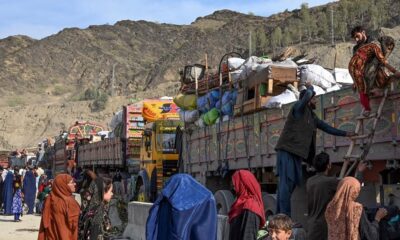
 Latest News4 days ago
Latest News4 days agoMore than 800 Afghan refugees deported from Pakistan in two days
-
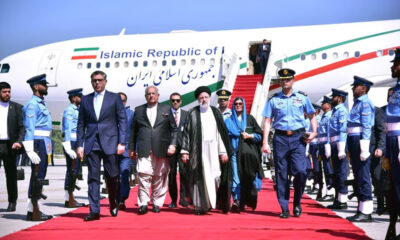
 Regional2 days ago
Regional2 days agoIranian president lands in Pakistan for three-day visit to mend ties
-

 Climate Change3 days ago
Climate Change3 days agoMassive river flooding expected in China, threatening millions
-
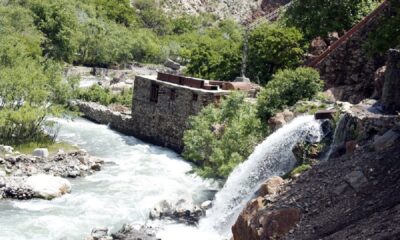
 Latest News3 days ago
Latest News3 days agoChinese keen to invest in Panjshir-Kabul water conduit project


